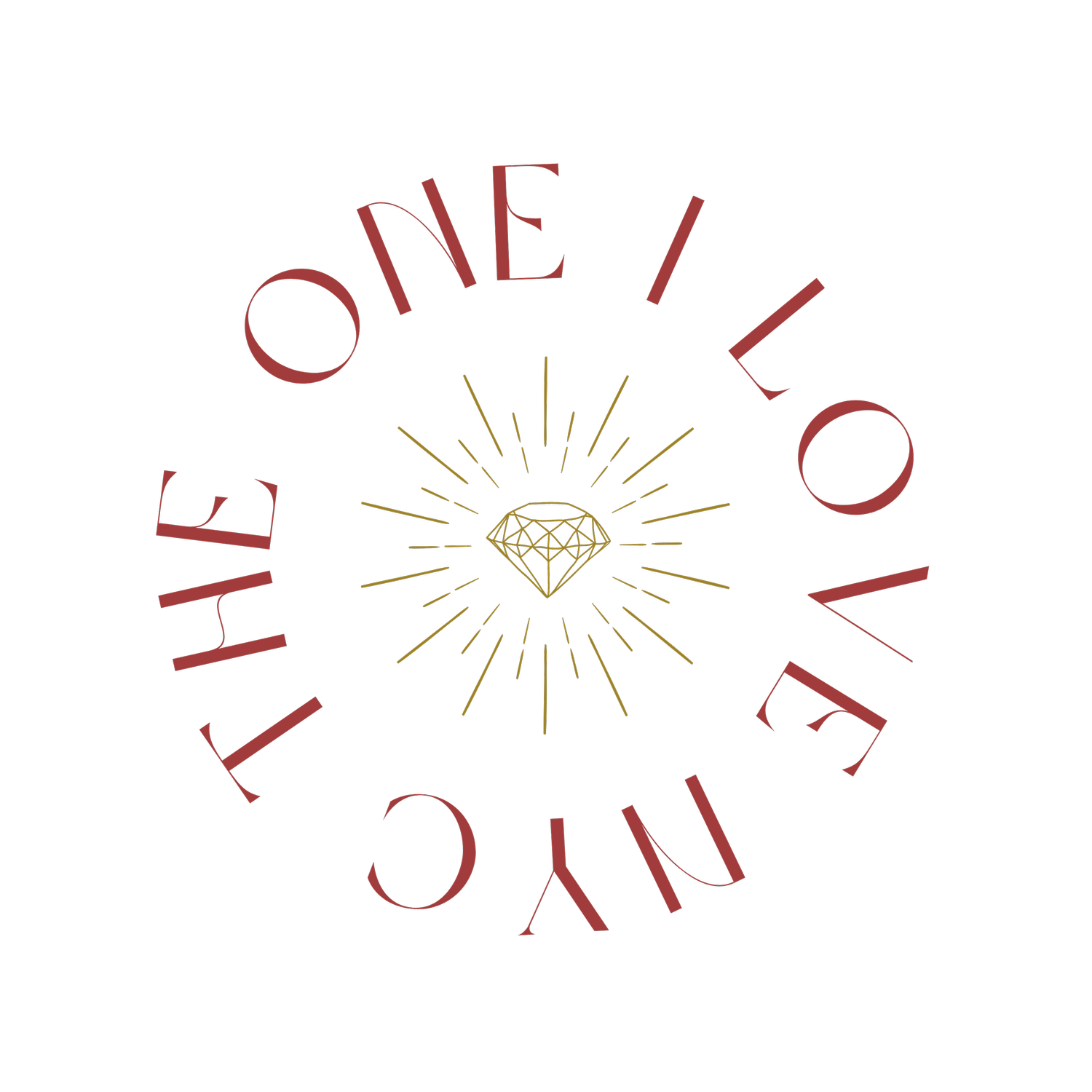The Anatomy of a Stone: The Art and Science of Stonecutting
Prehistoric humans didn’t have a lot of options when it came to selecting adornment. But it’s human nature to beautify ourselves and our surroundings. Bones, shells and rocks were available in abundant supply and used liberally even before recorded history.
Early humans did not have the technology to make diamonds look how they look today. Yet diamonds were still popular. They were loved not only for their beauty but also because they are the strongest natural mineral found on Earth. Diamonds are so hard that only other diamonds can cut them. Their utility would have been undeniable and, especially for those that were polished, their rugged beauty would have been beloved.
While rough or polished diamonds have long been used as talismans and adornment, a big turning point came in the 14th century. This is when the “point cut” emerged. Craftsmen would shape a stone into a simple faceted form that would retain the stone’s original octahedral shape. One end forms a clear point, while the opposite end forms the table, a large flat surface. Other facets are triangular or kite-shaped, with a few on each of the four sides.
Gem cutting has come a long way since then but basically all faceted stones share a similar anatomical structure. The number and arrangement of facets–those flat surfaces designed to reflect light–are what make diamonds look so different from one anotherSo let’s break down the elements of a faceted stone.
The very tip top of a diamond is called the table. Often, it has a big, flat facet. While it can seem one-dimensional, the table dictates a lot about how a diamond looks, including the amount of light it reflects and the overall proportions of the resulting stone.
The crown sits exactly where you might expect a crown to go–around and slightly below the table on a slope. Despite not making up a significant proportion of the stone, it usually contains a great many of the stone's facets. This allows the stone to disburse light so that colors dance and play, shooting out in all directions. The girdle is a relatively thin, vertical portion of the stone that connects the crown and the lower portion of the stone. This is, invariably, the widest part of the stone itself and what it looks like is often dictated by the stonecutter and the predominant style of the time period.
The bottom sloped portion of the diamond is the pavilion. This is the part of the diamond that makes it all work. The part that determines how much light is reflected and the level of brilliance and dispersion a stone has. Those things directly impact what we see when a stone twinkles about. The rapid rise in stone cutting technology often had major implications on the pavilion, allowing for more faceting and, critically, more precise faceting.
Finally, a culet is a diamond’s lowest point. More modern stones tend to have a pointy cutlet while older cuts, like Old European cuts and Old Mine cuts, have a bigger cutlet, which can be seen through the table and looks like a small, dark dot.
The art and science of stone cutting is phenomenal and fascinating. We are in awe of the skill and expertise needed to make these amazing stones stand out. They are a testament to how the smallest decisions and improvements can completely change perception and reality.




